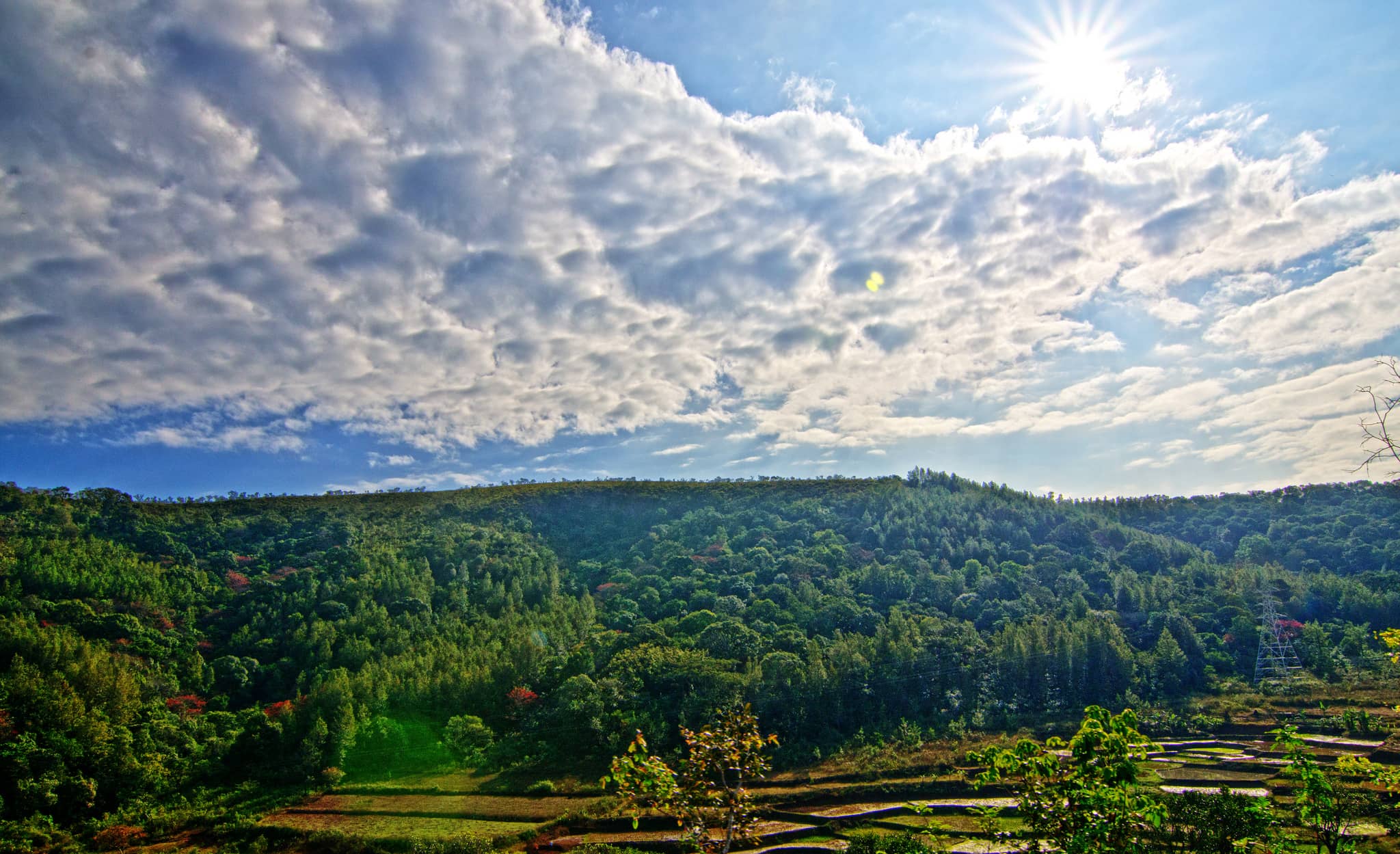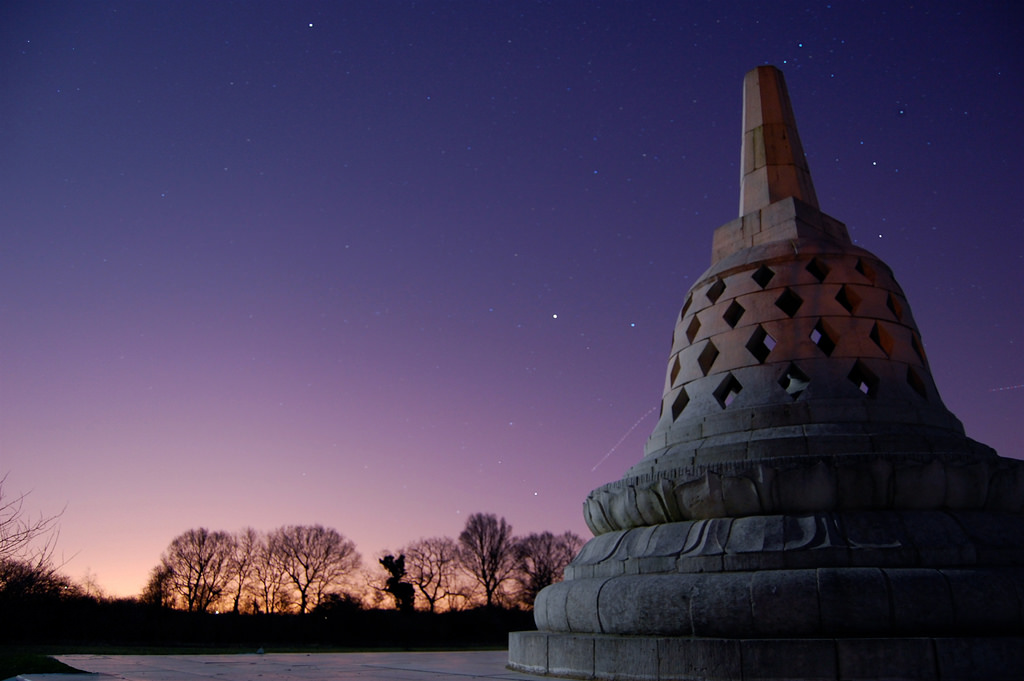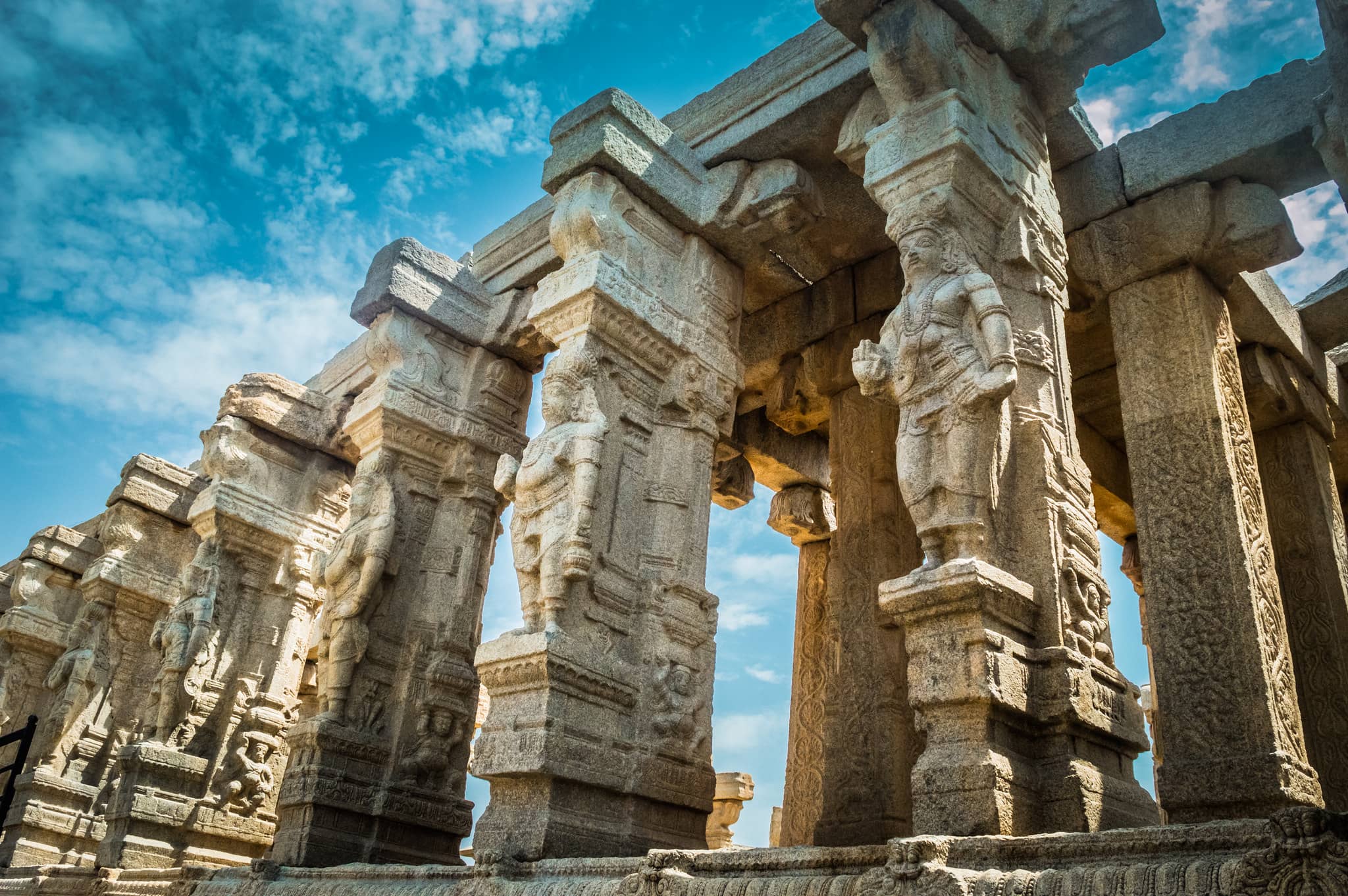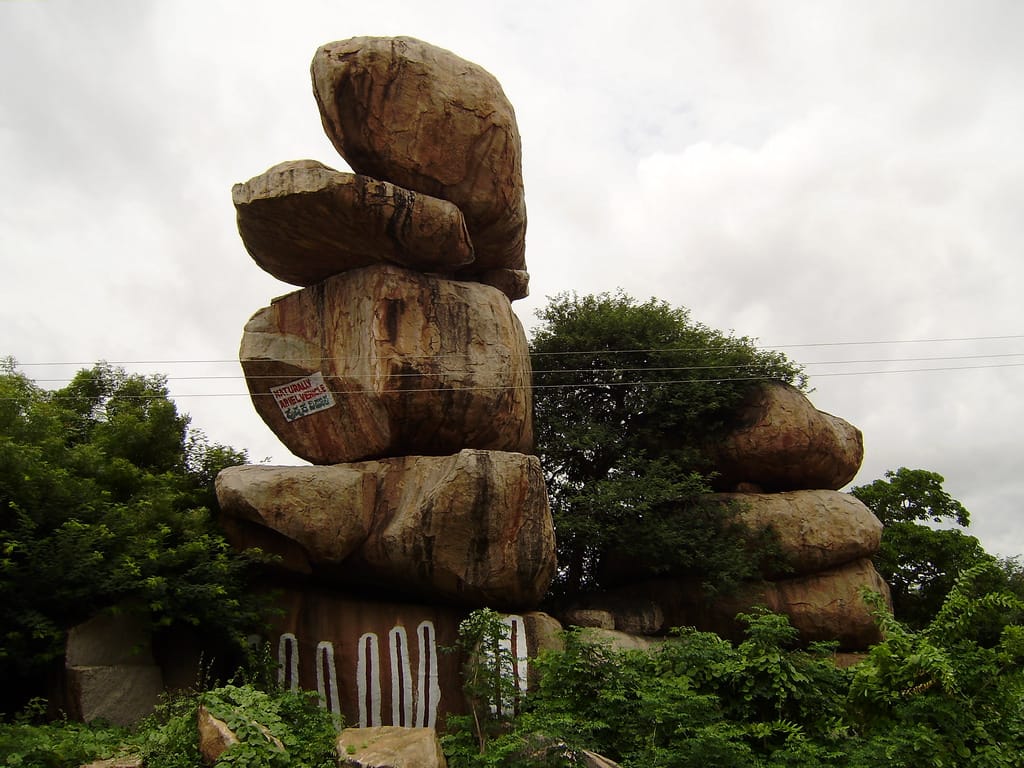Zagreb, the capital of Croatia, is known for its 18th- and 19th-century Austro-Hungarian buildings. The Upper Town features the Gothic Zagreb Cathedral and St. Mark’s Church, with its colorful tiled roof. Nearby, Tkalčićeva Street is full of outdoor cafes. In Lower Town, you’ll find Ban Jelačić Square, shops, museums, and parks. The Croatian National Theater hosts performances and an annual theater festival. The city also has various museums, including the Museum of Contemporary Art, Mimara Museum, Croatian Museum of Naïve Art, and the Museum of Broken Relationships. For outdoor activities, Jarun Lake is great in summer, while Mt. Medvednica offers skiing in winter.
places to visit in Zagreb
Museum of Broken Relationships
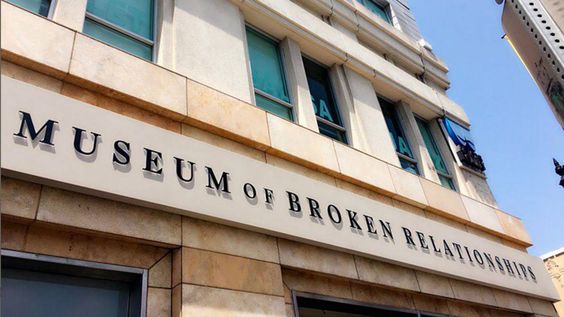
The Museum of Broken Relationships in Zagreb is dedicated to failed romantic relationships. It showcases personal items from past lovers, each with a brief story. The museum offers a physical and online space for people to share their heartbreak experiences and meaningful mementos.
St. Mark’s Church
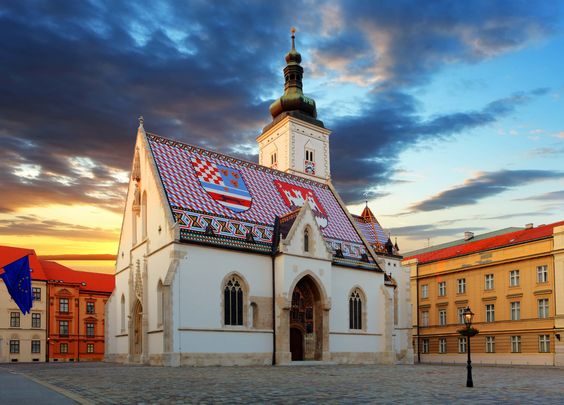
St. Mark’s Church, located in St. Mark’s Square, is one of the oldest buildings in Zagreb. It features Romanesque elements, including a window dating back to the 13th century. The church is known for its Gothic-style portal and the 15 statues placed in niches on the facade.
Gornji Grad–Medveščak

Gornji Grad–Medveščak is a historic district in Zagreb. It includes Gradec and Kaptol, the medieval foundations of the city. This area is rich in cultural landmarks and tourist attractions, making it a must-visit for anyone exploring Zagreb.
Mimara Museum
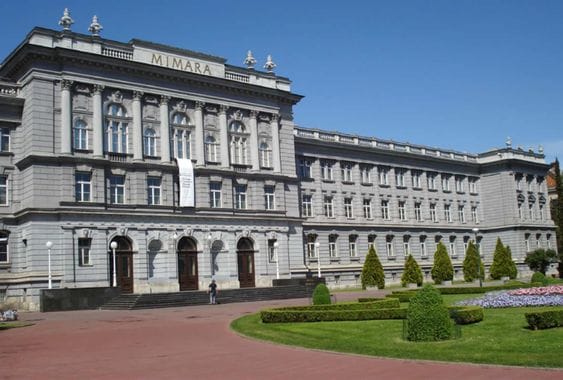
The Mimara Museum in Zagreb holds an impressive collection of over 3,700 artworks, ranging from prehistoric times to the 20th century. Located on Roosevelt Square, it displays works collected by Ante and Wiltrud Topić Mimara, including paintings, sculptures, and decorative arts.
Grič Tunnel
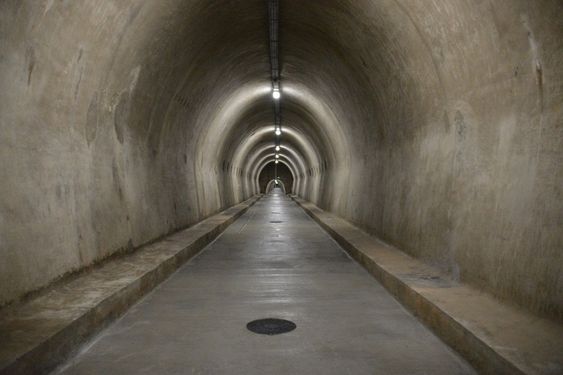
The Grič Tunnel in Zagreb runs beneath the historic Grič neighborhood. It connects Mesnička Street and Stjepan Radić Street, featuring a central hall and several passageways. The tunnel offers a unique historical experience in the heart of the city.
Ethnographic Museum

Founded in 1919, the Ethnographic Museum in Zagreb displays over 80,000 items reflecting Croatia’s cultural heritage. It features exhibits about traditional Croatian life, including clothing, instruments, furniture, and tools, organized into three cultural regions: Pannonian, Dinaric, and Adriatic.
Best time to visit Zagreb
The ideal time to visit Zagreb is between April and September. During these months, the weather is warm and pleasant, making it perfect for exploring the city. The spring and summer months bring lively events and festivals. Outdoor cafes and parks are especially enjoyable at this time. September is also a great time for fewer crowds and still pleasant weather.



